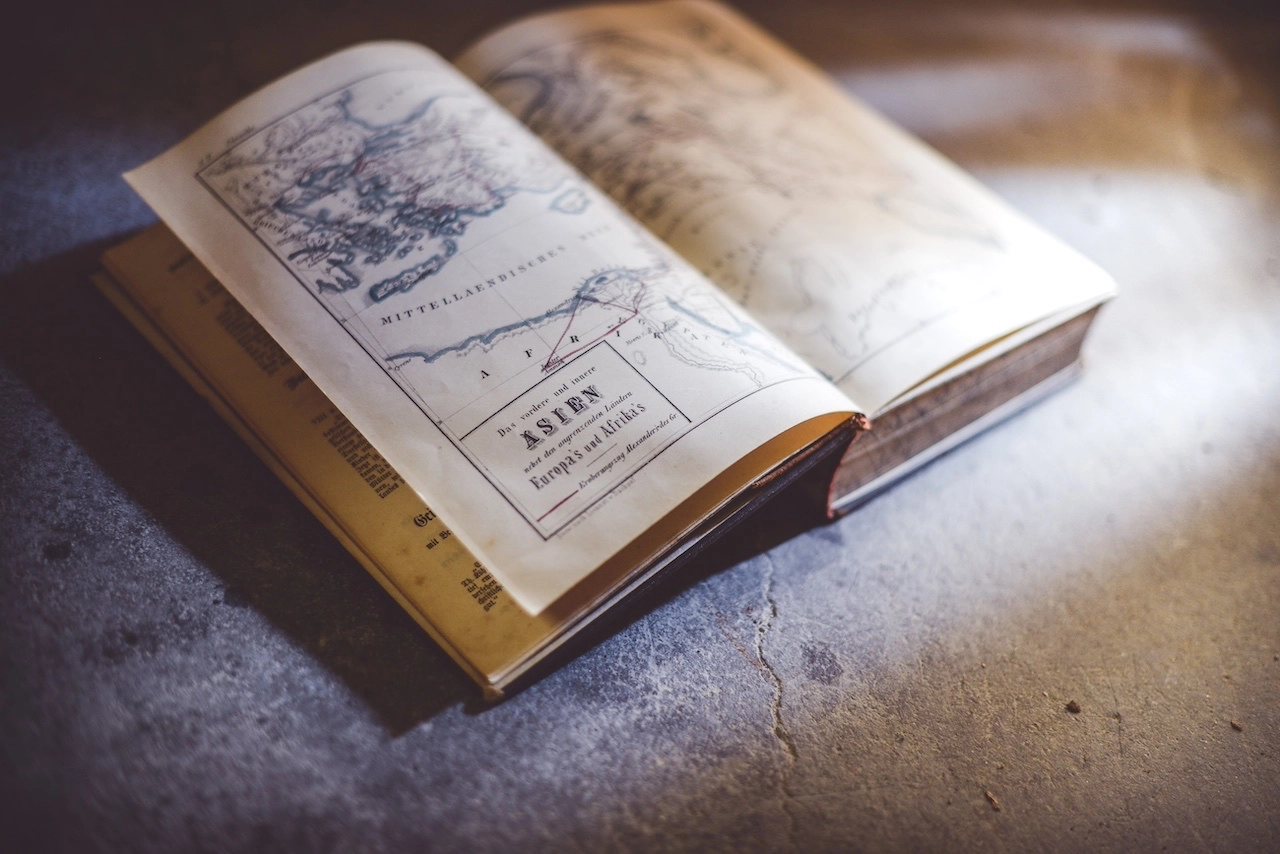
Step into a dynamic classroom experience where the past comes to life through the vibrant lens of historical maps. In this post, we'll explore the transformative impact of integrating historical maps into the educational environment, turning traditional lessons into interactive journeys through time.
1. Visualizing the Past:
Historical maps serve as powerful tools to help students visualize and comprehend complex historical narratives. From ancient civilizations to pivotal moments in world history, these maps provide a spatial context that goes beyond textbooks, making historical events more tangible and accessible to learners.
2. Fostering Spatial Awareness:
One of the key benefits of incorporating historical maps is the enhancement of spatial awareness. Students develop a nuanced understanding of the geographical context in which historical events unfolded. This spatial perspective encourages critical thinking, helping students analyze the impact of geography on historical developments.
3. Engaging Storytelling:
Maps add a layer of engagement to historical storytelling. As teachers guide students through maps, they can weave narratives that bring history to life. The interactive nature of map exploration transforms the learning experience, capturing the attention of students and fostering a deeper connection with the subject matter.
4. Customization for Curricular Goals:
Educators can customize the use of historical maps to align with specific curricular goals. Whether it's exploring trade routes, understanding the expansion of empires, or examining the effects of geographical features on historical events, the adaptability of maps makes them versatile educational resources.
5. Interactive Exercises and Discussions:
Make learning an active process by incorporating interactive exercises and discussions around historical maps. From group projects where students create their maps to discussions about the impact of geographical factors on historical outcomes, these activities promote collaborative learning and critical analysis.
6. Digital Tools for a Modern Classroom:
In the digital age, historical maps can be enhanced with interactive features. Digital tools allow for zooming in on specific regions, layering historical and modern maps for comparison, and incorporating multimedia elements. These enhancements cater to diverse learning styles, making history accessible to a broader range of students.
The impact of historical maps in the classroom goes beyond visual aids; it transforms history into an interactive, immersive experience. By fostering spatial awareness, engaging storytelling, and offering customization options, historical maps become invaluable tools for educators seeking to inspire a love for history and critical thinking in their students. As we embrace interactive learning, we open doors to a richer understanding of the past, empowering the next generation of historians and thinkers.
Related Posts
From Parchment to Pixels: The Evolution of Historical Mapping Techniques
Embark on a captivating journey through time as we trace the evolution of histor...
Read More
The Fusion of Art and History: Creating Timeless Cartographic Masterpieces
Embark on a journey where artistry and history intertwine, giving rise to cartog...
Read More
Lost Cities and Forgotten Lands: Rediscovering History Through Cartography
Embark on a captivating exploration as we delve into the world of cartography, w...
Read More
Navigating History: Tips for Incorporating Maps into Your Literary Works
In the realm of storytelling, maps serve as more than geographical aids; they be...
Read More



